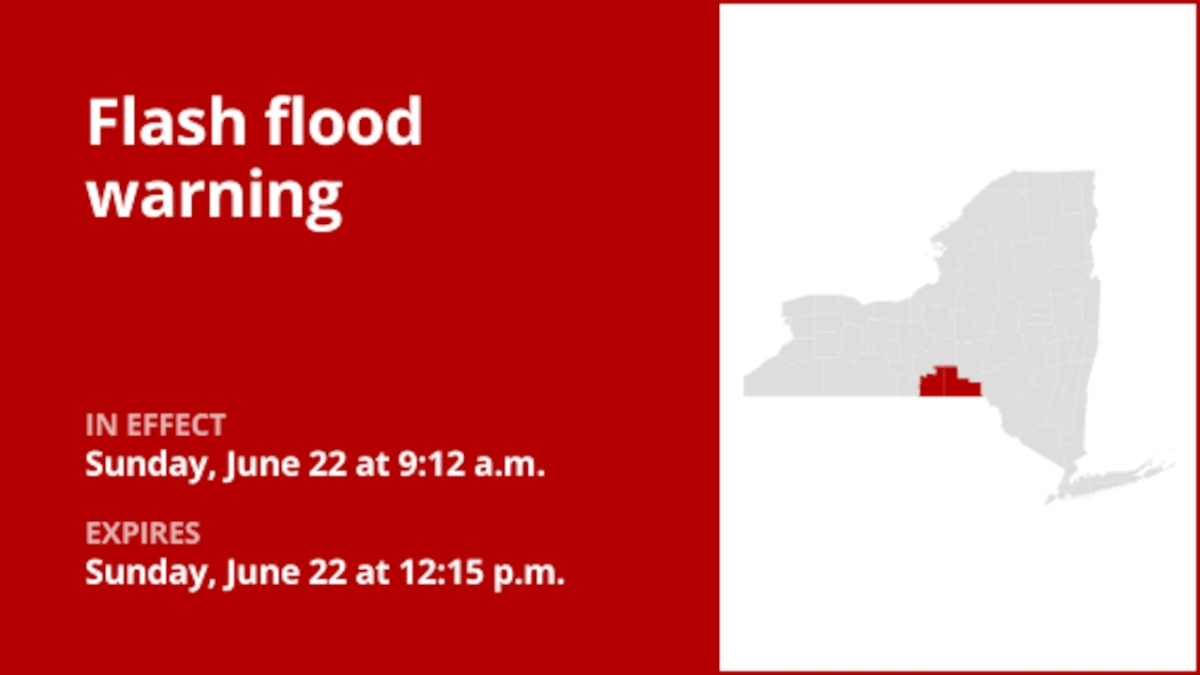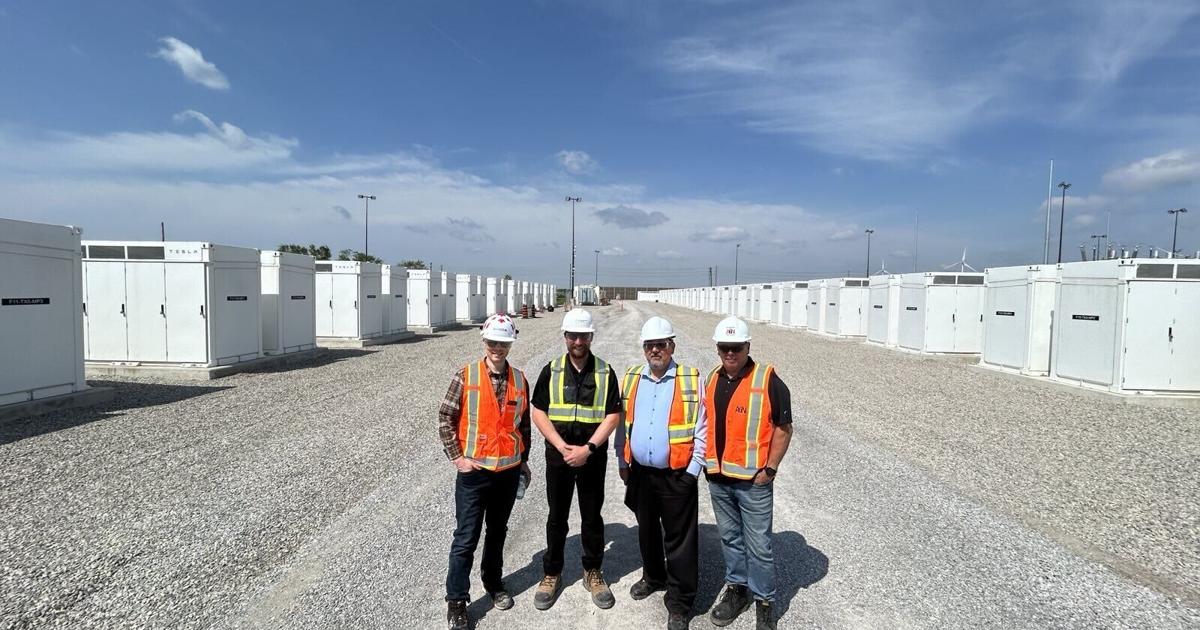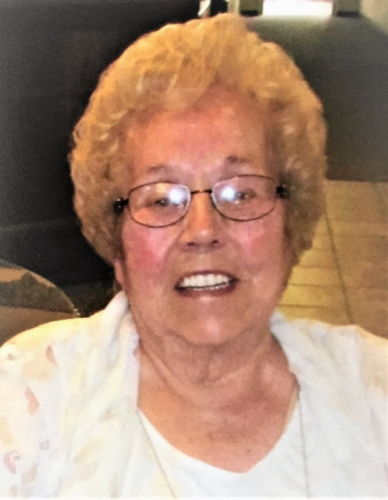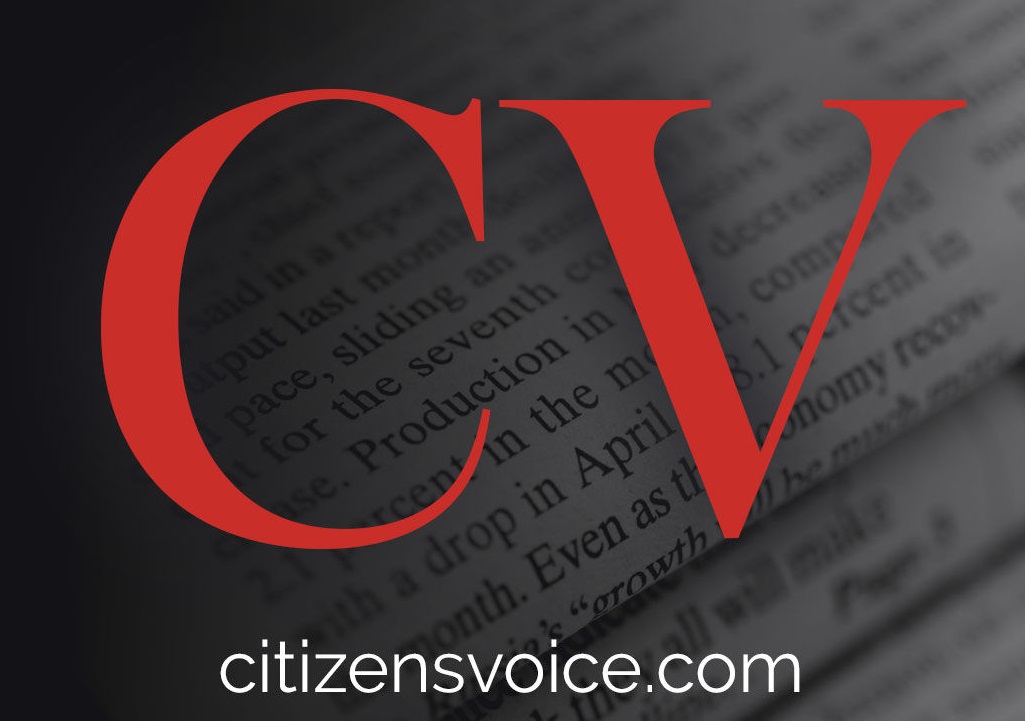On Sunday at 9:12 a.m. a flash flood warning was released by the National Weather Service in effect until 12:15 p.m. for Broome and Tioga counties.
“At 9:12 a.m., Doppler radar indicated thunderstorms producing heavy rain across the warned area. Between 1 and 2 inches of rain has already fallen. Flash flooding is ongoing or expected to begin shortly,” says the weather service. “Flash flooding of small creeks and streams, urban areas, highways, streets and underpasses as well as other poor drainage and low-lying areas.”
Locations impacted by the warning include Binghamton, Johnson City, Endicott, Honesdale, Montrose, Greater Binghamton Airport, Vestal, Kirkwood, Conklin, Damascus, Susquehanna, Forest City, Nanticoke, Susquehanna Depot, Harford, Berkshire, Cochecton, Waymart, Hallstead and Richford.
The weather service adds, “Turn around, don’t drown when encountering flooded roads. Most flood deaths occur in vehicles.”

Your guide to weather alerts: advisories, watches, and warnings
- Flash flood warning: Take action!
A flash flood warning is issued when a flash flood is imminent or occurring. If you are in a flood-prone area, move immediately to high ground. A flash flood is a sudden violent flood that can take from minutes to hours to develop. It is even possible to experience a flash flood in areas not immediately receiving rain.
- Flood warning: Take action!
A flood warning is issued when flooding is imminent or occurring.
- Flood advisory: Be aware:
A flood advisory is released when flooding is not expected to reach a severity level necessitating a warning. Nonetheless, it can still cause considerable inconvenience and, without exercising caution, potentially lead to situations that threaten life and/or property.
- Flood watch: Be prepared:
A flood watch is issued when conditions are favorable for flooding. It does not mean flooding will occur, but it is possible.
When floods strike: Guidelines from the weather service for your protection
Floods can pose a significant threat, especially if…








